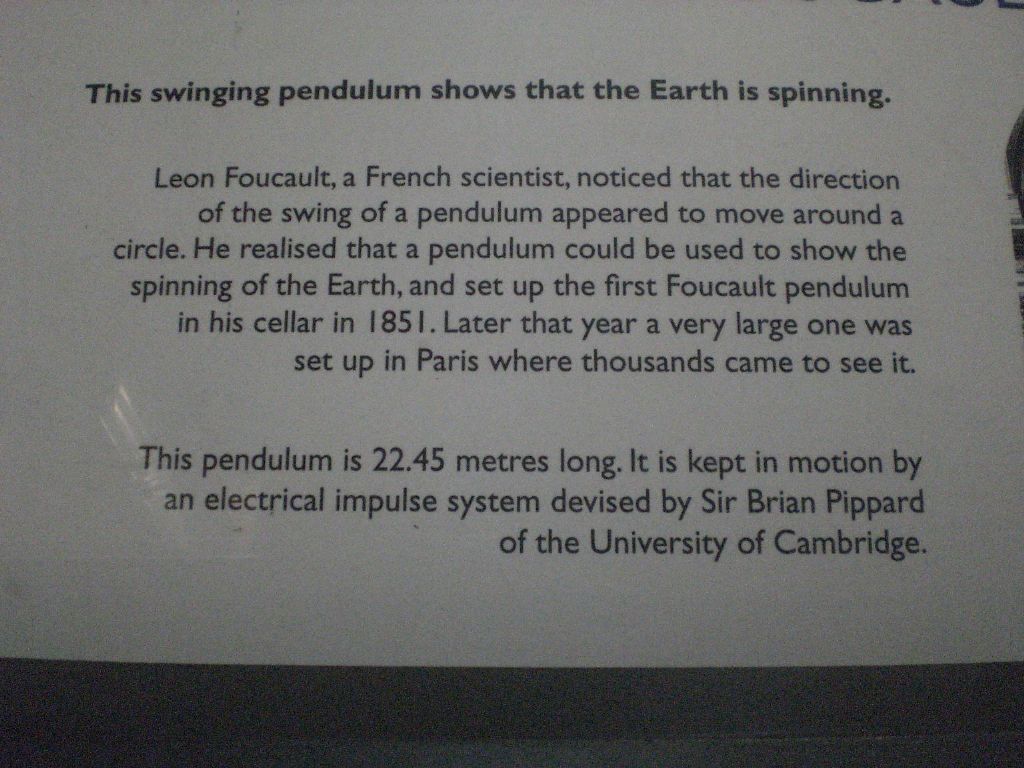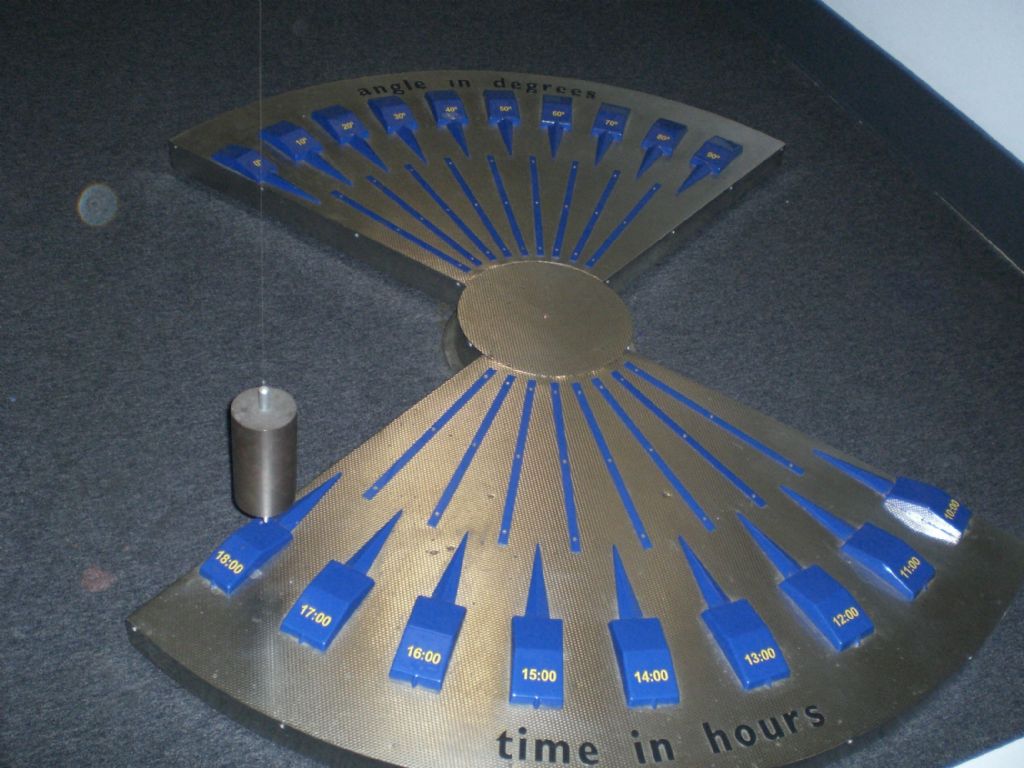Posted by ChrisLH on 18/11/2022 12:48:15:
SOD,
Did you mean "speed" of gravity. ? My contact with same was always in terms of "acceleration due to ….". I've never even wondered about its speed ! Perhaps it comes into astronomy and is not important for my main interest, mechanical engineering.
Just pick a nit to death, are not all pendulums "compound" since we can not pack mass into a point suspended on a weightless rod as demanded by the definition of a simple pendulum ? Just asking.
I did mean speed, but you're right, for all practical purposes gravity is a force understood in terms of 'acceleration due to'. I don't think gravity having a speed effects mechanical engineering at all, but it's about the nature of gravity, which is unclear, and adds 'what, where, when' knowledge that gets science closer to the 'how and why'. Understanding might have a practical application in future; it often does, as with electrons.
Speaking of electrons, they too are mostly understood in terms of their effects, but it seems they have mass and no dimensions, that is they're a point mass ideal for making a perfect pendulum. Job done, except we also need a weightless rod…
Even though gravity is a weak force, we're all familiar with it because it stops us and stuff from floating away. Everyone is being pulled towards the earth's centre. This begs the question, 'what stops us from being pulled through the floor and into the core?', Most worrying because matter is mostly empty space, there's literally almost nothing in a steel block.
We're saved from being horribly sucked under by Coulomb's Force. The electrons spinning around the atoms making up my feet interact with electrons spinning in the floor, and stop me sinking in. Not many have heard of Coulomb Force but it's considerably more powerful than gravity. Falling 20 metres onto concrete stops the victim dead in his tracks. Mechanical engineers allow for the effect of the force (hardness and softness), and don't normally worry about the details. Matters very much to anyone doing high-technology though, but high-tech is laboratory and R&D territory, rarely tackled in a home workshop.
Dave
 Nicholas Farr.
Nicholas Farr.





